Traffic fatalities have been declining in recent years in the U.S. And while cars laden with the newest safety technology play a role, it’s that nine out of 10 Americans using their seat belts nearly every time they get into a vehicle that is the real difference maker, experts claim.
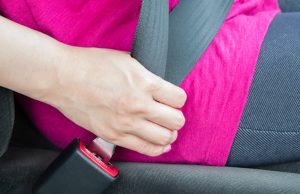
Nine out of 10 Americans using their seat belts nearly every time they get into a vehicle is the big reason for falling traffic fatality numbers.
A new YouGov.com survey shows 78% of Americans sitting in the front seats of cars use their seat belts every time they get into a vehicle. When you add in the 12% who do it most of the time, you get at least 90% of folks in the front seat safely locked in place in the event of a crash.
Recent studies by the National Highway Traffic Safety Administration support the claims made by those who submitted to the poll. The agency’s research claims 91.2% of Americans consistently use their seat belt when they get into a vehicle.
And the most recent numbers claim nearly half of the 23,959 people who died in vehicle crashes in 2023 — the most recent numbers available — were unbuckled.
“Seat belts saved an estimated 14,955 lives and could have saved an additional 2,549 people if they had been wearing seat belts, in 2017 alone,” according to NHTSA officials.
Important to know
Seat belt use requirements are difficult to avoid as only New Hampshire doesn’t require seat belt use. In 35 states and Washington, D.C. drivers can be pulled over if either front-seat passenger is not wearing a seat belt. Another 14 states have “secondary” laws, which means if you are pulled over for another offense, only then can you be cited for not wearing your seat belt.
If you’re in the back seat, the rules are a bit different. Just 42 states and D.C. require use in the back seat with 18 of those as well as D.C. allowing you to be pulled over for just that offense. Five states have it just for young people.
Conversely, eight states do not have any rear seat belt laws, according to the Governors Highway Safety Association. Times have changed when it comes to usage. In 1994, seat belt usage hovered around 58%.
More Safety News
- IIHS Tightens Requirements for Safety Picks
- Automakers Make Major Strides in Reducing or Preventing Frontal Crashes
- New Study Finds Bigger isn’t Always Better in a Crash
Why they work
Lap and shoulder belts prevent ejection from the vehicle and keep people from colliding with the vehicle interior during a crash. They are also designed to manage forces on the body, according to the Insurance Institute for Highway Safety.
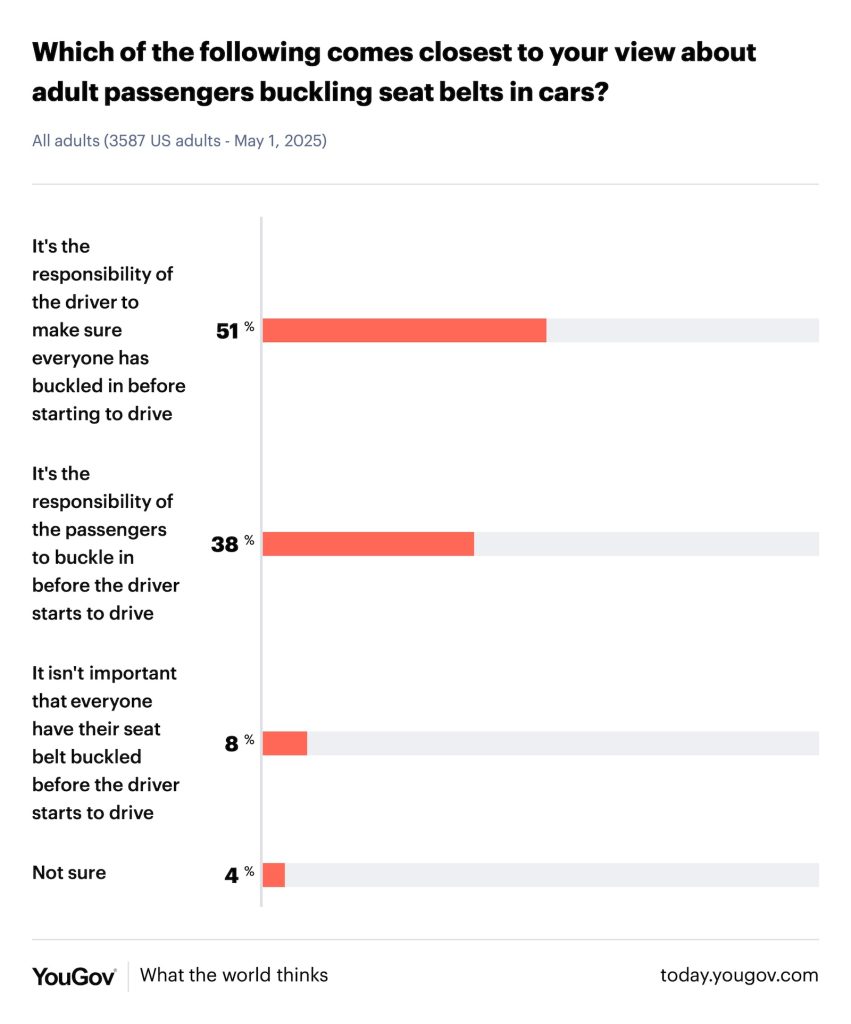 Remaining inside your vehicle is critical to surviving a crash, as you are twice as likely to die if you are ejected from a vehicle in a collision and four times more if you are ejected during a rollover crash. The NHTSA estimates that seat belts saved 20,443 lives in 2019 and a total of 457,578 lives between 1968 and 2019.
Remaining inside your vehicle is critical to surviving a crash, as you are twice as likely to die if you are ejected from a vehicle in a collision and four times more if you are ejected during a rollover crash. The NHTSA estimates that seat belts saved 20,443 lives in 2019 and a total of 457,578 lives between 1968 and 2019.
Who’s more likely
Now, not all seat belt usage is equal. According to the YouGov polling, women are more likely to wear a seat belt than men with 91% claiming to wear it at least most of the time. Men say they do so at an 88% rate.
Despite safety campaigns promoting seat belt usage and it being part of driver’s training courses for several decades, younger drivers aged 18-29 are the least likely to buckle up. The study shows 61% always wear their seat belts with another 20% saying they wear them “most of the time.” However, 96% of those 65 and older buckle up at least most of the time.
Finally, if you live in the Midwest, you are more likely than anyone else to click it to avoid a ticket, with 8% saying they always wear their seat belts. The Northeast region, led by a lawless New Hampshire, is the least likely to always wear a seat belt at just 73%. The Midwest and South led the pack, with 94% and 90%, respectively, being buckled up most of the time.

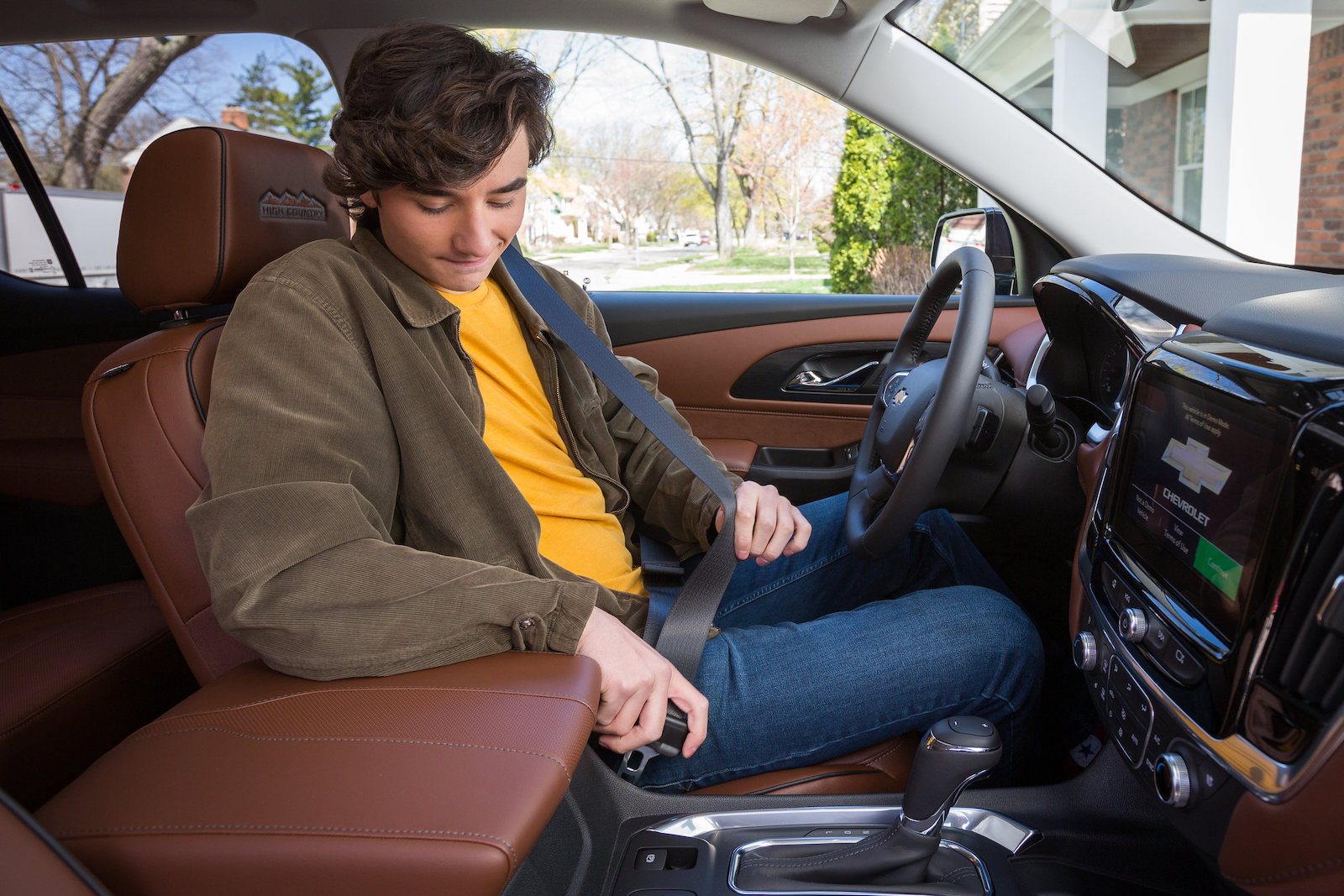
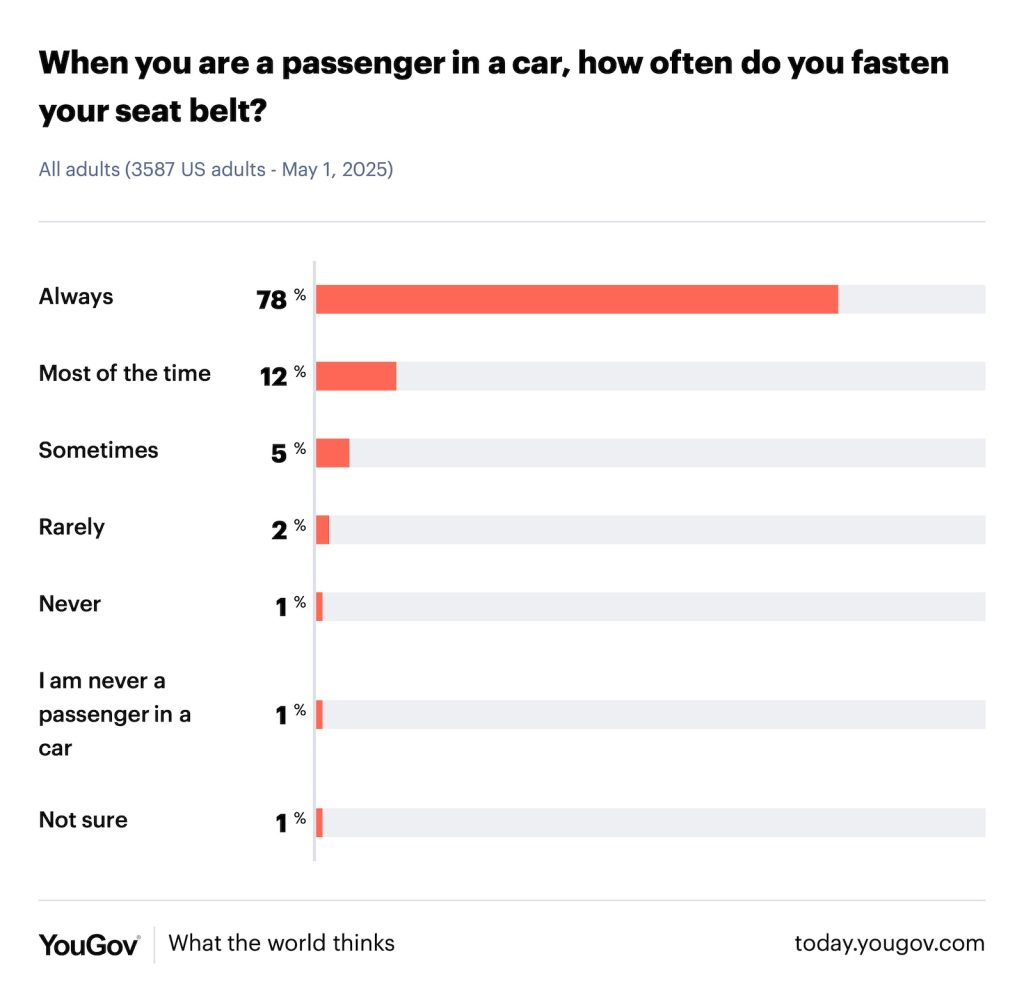
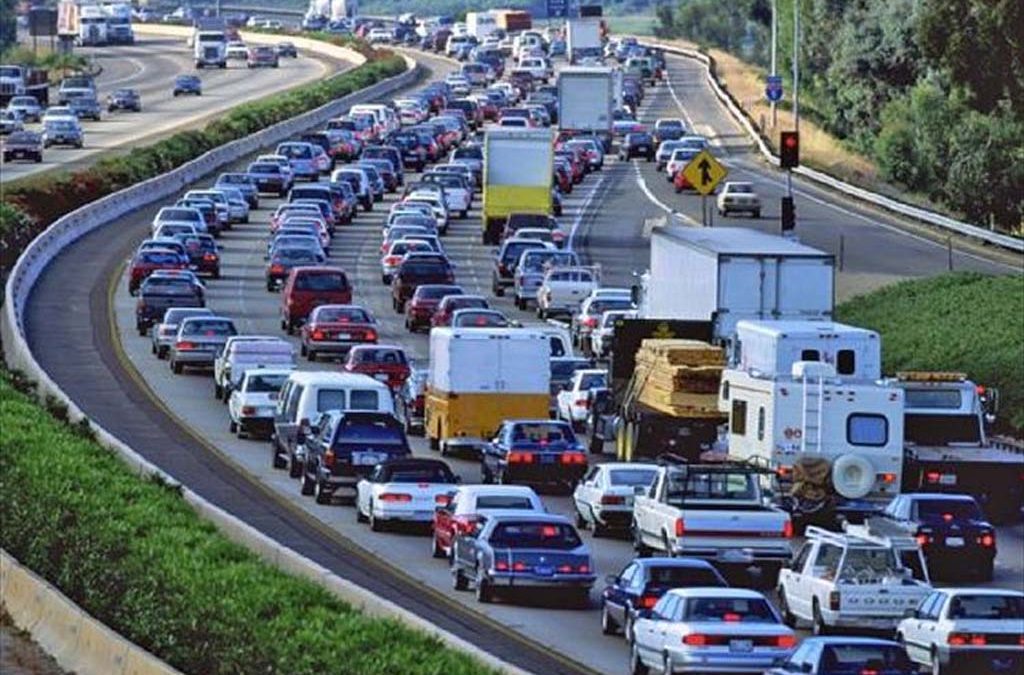

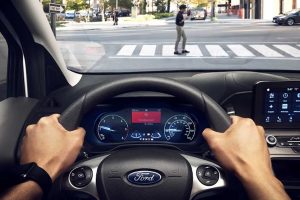
0 Comments